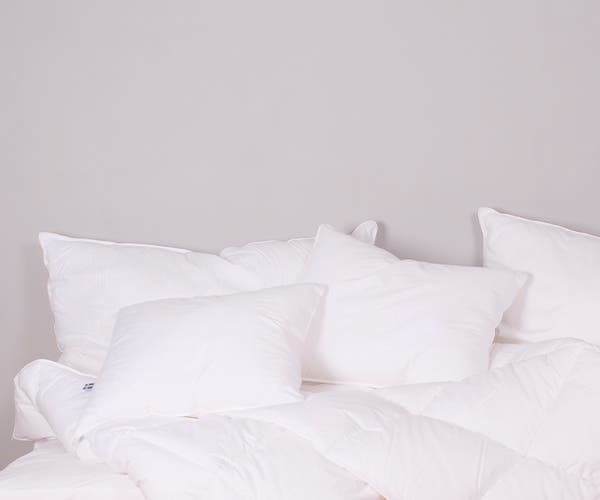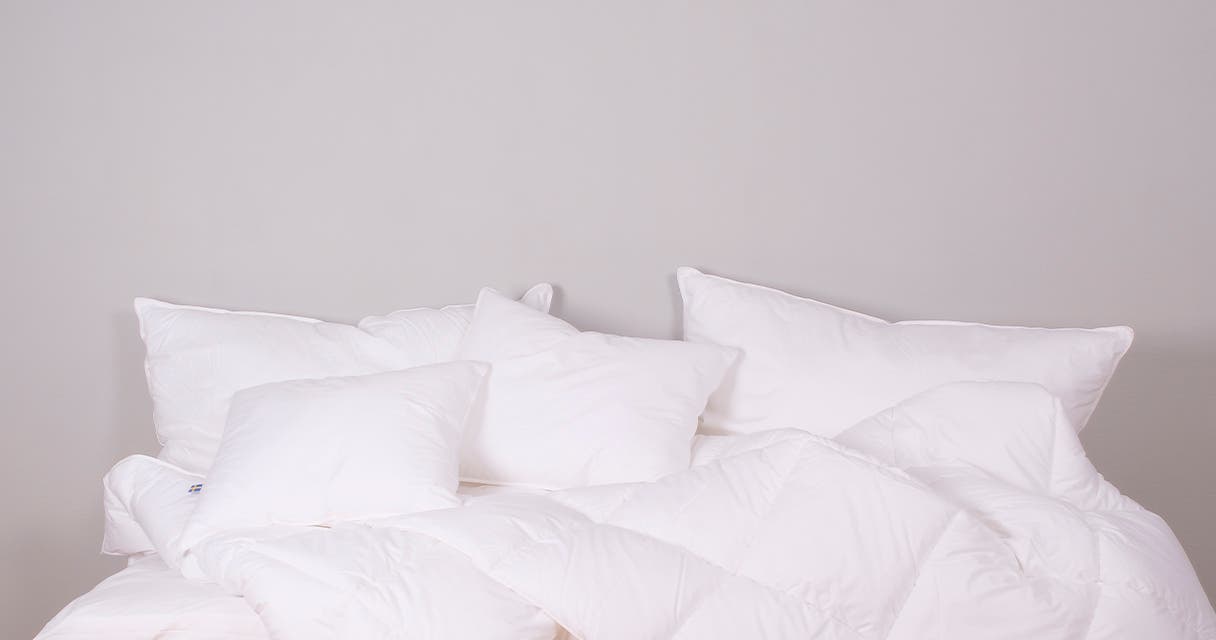
Material - a guide to different materials and their properties.
What's the difference between satin, percale, and cambric? Want to know more about wool, down, and polyester and their properties? What should you choose if you're allergic? In this article, we answer these questions and much more.
